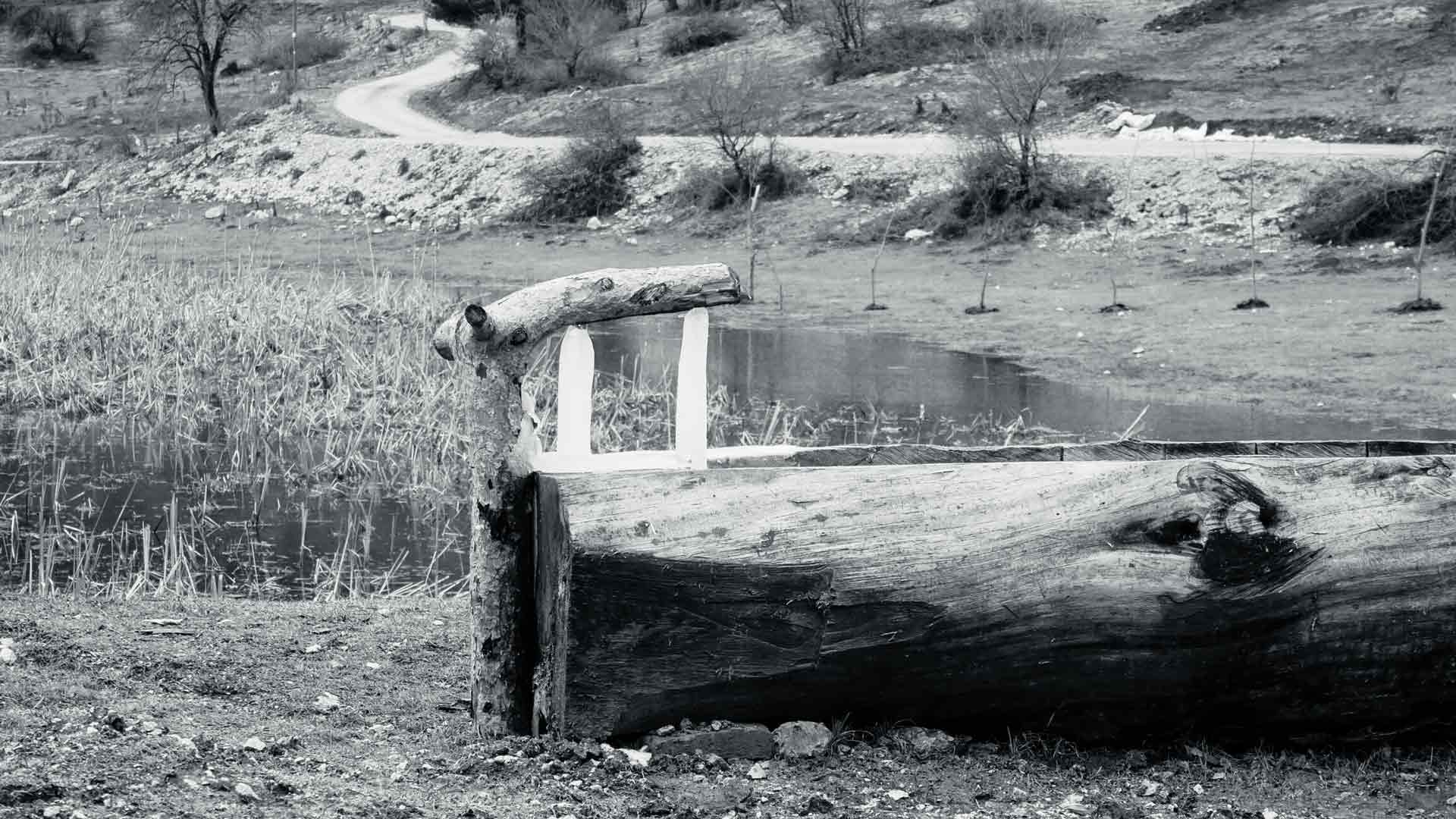Documentary filmmaking is a powerful medium that can inform, educate, and inspire. If you’re passionate about storytelling and want to make a difference through film, this guide will help you navigate your path.
1. Find Your Passion
* What stories excite you? What issues do you care about? What topics fascinate you?
* Who do you want to reach? Consider your target audience and the impact you want to make.
2. Learn the Basics
* Filmmaking fundamentals: Understand camera operation, lighting, sound, and editing.
* Documentary techniques: Learn specific techniques like interviews, narration, and archival footage.
* Storytelling: Develop your skills in crafting compelling narratives.
3. Gain Experience
* Start small: Begin with short documentaries or video essays.
* Volunteer or intern: Work on other people’s documentaries to gain hands-on experience.
* Join filmmaking communities: Network with other filmmakers and learn from their experiences.
4. Develop Your Style
* Find your voice: What makes your storytelling unique? How do you want your films to look and feel?
* Experiment: Try different techniques and approaches to find your signature style.
5. Plan Your Documentary
* Develop a concept: Clearly define your documentary’s purpose and message.
* Conduct research: Gather information and interviews to support your story.
* Create a shooting script: Outline the scenes and shots you need to capture.
6. Produce Your Documentary
* Secure funding: Find financial support through grants, crowdfunding, or personal savings.
* Assemble a team: Recruit a crew of skilled professionals, including a cinematographer, sound engineer, and editor.
* Shoot your footage: Follow your shooting script and capture the story you want to tell.
7. Edit Your Documentary
* Organize your footage: Select the best shots and create a cohesive storyline.
* Add music and sound effects: Enhance the emotional impact of your film.
* Refine your edit: Make adjustments to ensure a smooth and engaging viewing experience.
8. Get Feedback
* Show your work: Share your documentary with friends, family, and potential audiences.
* Seek feedback: Listen to their comments and suggestions for improvement.
9. Distribute Your Documentary
* Choose a distribution strategy: Consider film festivals, online platforms, and traditional media outlets.
* Create a marketing plan: Promote your documentary to reach your target audience.
10. Keep Learning and Growing
* Stay updated: Follow industry trends and new technologies.
* Continue to create: Keep making documentaries and refining your skills.
Remember, the path to documentary filmmaking is a journey. It takes time, dedication, and a passion for storytelling. With perseverance and hard work, you can create powerful and impactful films that make a difference.
22 October 2024












